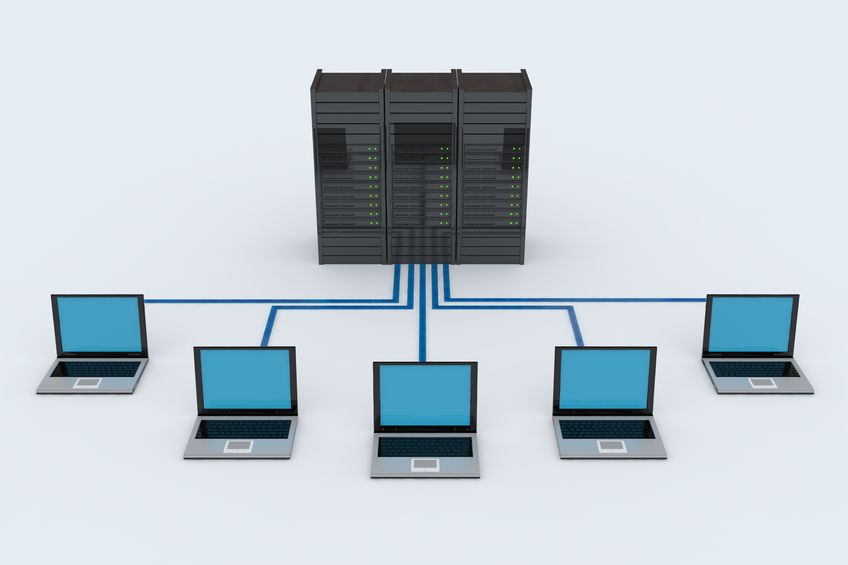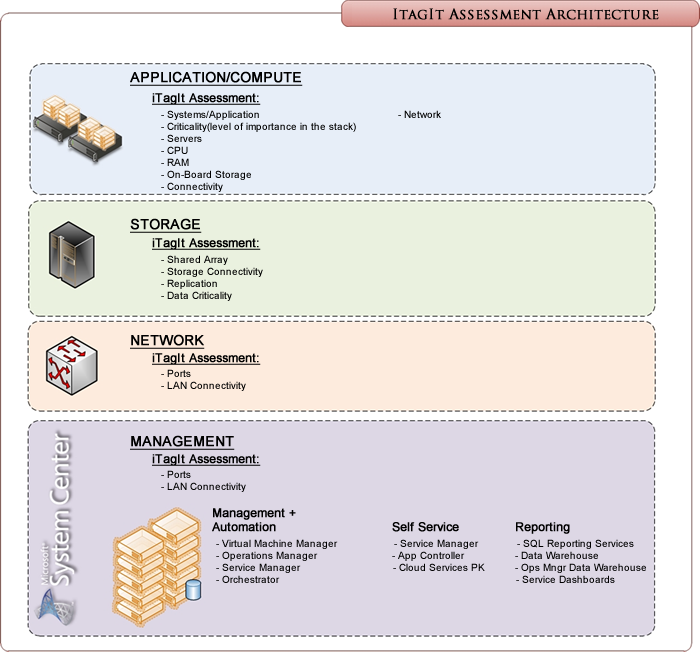
RiVidium delivers Data Center Consolidation (DCC) to its clients through “ITagIt Data Center Tools.” ITagIt is a set of Data Center assessment tools that allows us to determine the key critical aspects needed to transition a data center to the cloud and reduce IT footprints. In essence, we conduct:
- Applications/Compute Assessments
- Storage Assessments
- Network Assessments
- Fabric Management Assessments
After conducting the data center assessment, we recommend a virtualization prioritization based on a rationalization of the current applications, storage, and network available for utilization. ITagIt allows organizations to consolidate and virtualize in order to facilitate migration of physical computers to a hypervisor type environment (VMWare, Hyper-V, etc.) Migrating to these technologies reduces capital and operational expenses while improving manageability of virtual and physical environments. ITagIt uses Microsoft’s System Center cloud Fabric Manager as the cloud support structure to deploy a consistent virtual environment (Systems Center can manage: VMware’s vSphere, Citrix XenServer and Microsoft’s Hyper-V virtualizations). (See Figure below for iTagIt’s assessment architecture.)

Key to our consolidation approach is the assessment of the virtualization architecture. The virtualization architecture is a critical component of the virtualized infrastructure and a key variable in the consolidation ratio and cost analysis. The ability of the host server to handle the workload of a large number of consolidation candidates increases the consolidation ratio and helps provide the desired cost benefit.
ITagIt’s Goals include:
- 1. Assist with the assessment and deployment of a highly standardized virtual network and storage infrastructure to reduce the costs of facilities, hardware, and licensing incurred by alternative solutions
- Implement a holistic and robust management solution to reduce server sprawl
- Transition from organically-grown virtualized environments to a cloud solution while implementing new capabilities and business